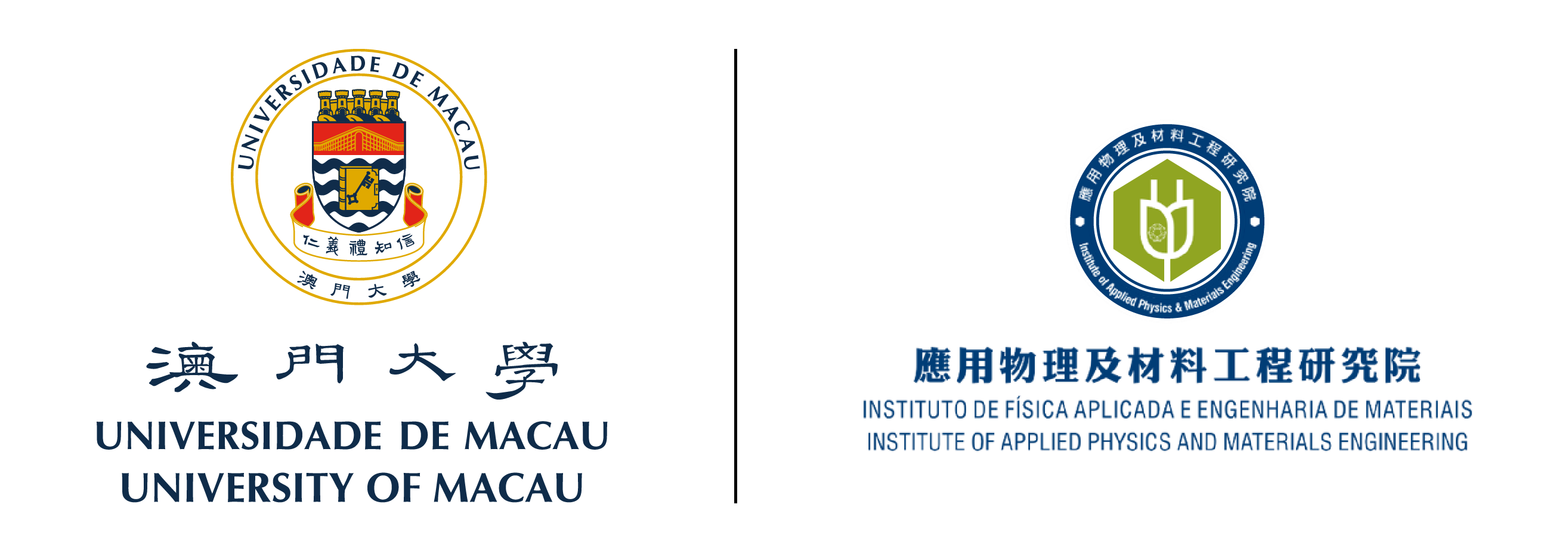On 14 March, IAPME invited Professor Eddie Zhang from School of Environment and Science, Griffith University (Australia) to give us a talk on ” Confining Electrode Materials in Polymer Composite Frameworks for Li-ion Batteries “, chaired by Prof. Yuxin Tang. After the talk, Prof. Zhang visited the laboratories of IAPME and had a collaboration discussion with faculty members in IAPME.
Firstly, he introduced his personal working experience in industry and academic, followed by the introduction of Griffith university and their research center. Especially, the development and commercialization of PeCOD technology developed by him and his team were highlighted. Secondly, he shared the recent progress from his group, and different functional polymer binders impart special functions, such as electronic and ion conductivity, self-healing and flexibility, on electrodes of LIBs, including the most challenging anode materials Si and cathode materials sulfur, were presented. The work provided a comprehensive strategy in designing electrodes for long life, large capacity and high rate LIBs. Finally, he shared his personal experience on how to be an excellent Ph.D. student and how to publish a high-quality work.
Prof. Eddie Shanqing Zhang obtained his PhD degree in electrochemistry in 2001 at Griffith University, Australia. Since then, he has worked as a research fellow during 2001–2006, senior research fellow during 2007–2009 and associate professor at Centre for Clean Environment and Energy and Griffith School of Environment, Griffith University during 2010-2015. As a core inventor, Prof. Zhang has developed a series of patented and commercialized technologies for environmental monitoring based on functional nanomaterials. He was awarded Australia Research Council Future Fellow for 2009-2013. Currently, Prof. Zhang is mainly engaged in the research on design and synthesis of functional nanomaterials and polymers (binders and solid polymeric electrolyte) for energy conversion and storage devices, as well as the development of intelligent online and/or onsite sensors for environmental monitoring. He has published ca. 150 reputable papers with H-index of 47 and delivered numerous Keynotes and invited lectures.



